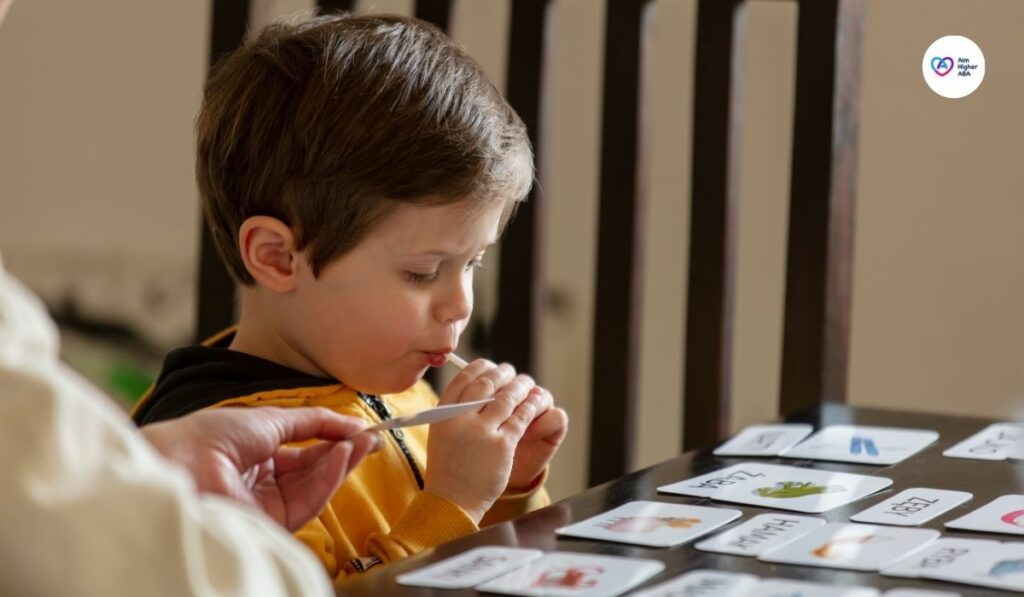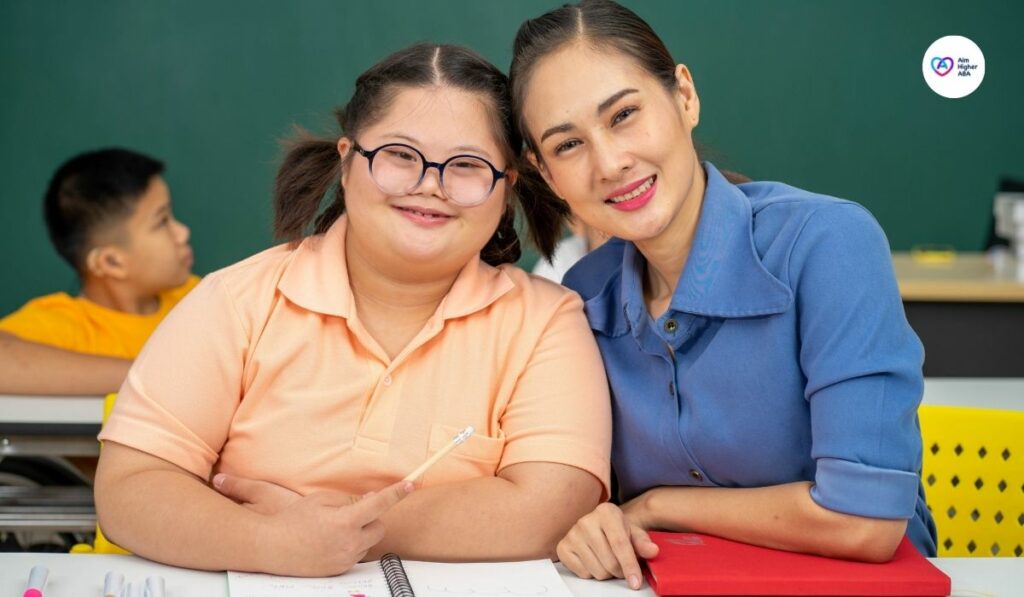Toilet training can be a challenging milestone for children with autism spectrum disorder (ASD). The needs, communication difficulties, and behavioral challenges associated with autism often require a unique approach to toilet training. However, with patience, consistency, and understanding, parents and caregivers can help their child with autism successfully navigate this critical developmental stage. In this article, we will explore ten practical strategies for toilet training children with autism.
Create a Predictable Routine:
Creating a predictable routine for toilet training is crucial and serves as a foundation for success. Children with autism thrive on routine and predictability, as it provides a sense of stability in their often unpredictable world. Start by identifying the optimal times for bathroom breaks based on the child’s natural schedule, such as after meals or upon waking. Once established, the routine should be communicated clearly through visual aids, such as a visual schedule or timer, reinforcing the predictability of the process. Additionally, seeking guidance from qualified ABA therapists in Atlanta, GA, can offer tailored strategies and support to facilitate successful toilet training for children with autism.
Consistency is critical to building trust and reducing anxiety in children with autism. Deviating from the established routine may lead to confusion and resistance. Reinforce the routine by using consistent language, gestures, and prompts during each step of the toileting process. Consider incorporating a visual schedule in the bathroom, offering a visual cue for the child to reference independently. This visual support reinforces the routine visually, helping the child navigate the steps with greater confidence.

Use Visual Supports
The use of visual supports is a cornerstone in facilitating practical toilet training for children with autism. Recognizing these individuals’ visual learning strengths, caregivers can employ visual aids, such as visual schedules or charts, to create a clear and accessible roadmap for the toileting process.
Begin by designing a visual schedule that outlines the sequential steps involved in using the toilet. Incorporate simple and easily recognizable pictures or icons to represent each step, catering to the visual learning preferences of children with autism. These visual cues act as a visual script, providing a concrete guide for the child to comprehend and follow independently.
Place the visual schedule in a prominent and easily accessible location, such as the bathroom or a designated toileting area. This ensures that the child can readily reference the visual support when needed, reinforcing the steps of the toileting routine. Consistency is vital; using the same visual schedule for each bathroom break contributes to a familiar and predictable environment.
Choose the Right Equipment
Choosing the right toilet training equipment is a pivotal step in ensuring a positive and comfortable experience for children with autism. Recognizing that regular toilets may pose challenges for some, it is crucial to consider alternatives that cater to these individuals’ unique needs.
One practical option is to use a smaller potty chair or a toilet seat reducer. These specialized tools are designed to provide a more child-friendly and less intimidating environment, making the overall experience more manageable for children with autism. The smaller size of a potty chair or the reduced opening of a seat reducer can create a sense of security and control, alleviating potential anxieties associated with using a standard toilet.
Understanding special needs
Addressing special needs is crucial to ensuring a smooth and comfortable toilet training experience for children with autism. Afferent challenges can significantly impact their perception of the toileting process, from the materials used to personal hygiene practices. Caregivers can promote a positive experience by paying close attention to the child’s afferent preferences and making accommodations accordingly.
Toilet paper, soap, and hand-drying methods are essential elements of the toileting routine that may trigger sensitivities. Caregivers should observe and take note of the child’s reactions to different textures and scents associated with these items. For example, some children with autism may be averse to the texture of standard toilet paper or certain soap scents.
Introduce Social Stories
Social stories are simple narratives that help children with autism understand and navigate social situations. Create a social story specifically tailored to toilet training. Use precise language and pictures to illustrate the process, addressing potential concerns or anxieties the child may have.
Positive Reinforcement
Positive reinforcement is a beautiful way to encourage and celebrate your child’s progress in toilet training. By praising and rewarding their efforts, you create a positive association with using the toilet, making the experience more enjoyable. Here are some ideas for positive reinforcement:
Praise and Encouragement:
When your child tells you they need to use the potty or successfully uses it, offer enthusiastic praise. Say things like, “Great job!” or “You’re doing fantastic!”
Use a cheerful tone and express how proud you are of their efforts.
Sticker Chart:
Create a colorful sticker chart and let your child place a sticker on it every time they use the potty. After a certain number of stickers, they can receive a special reward.
Small Rewards:
Offer small, immediate rewards for successful potty trips. This could be a favorite treat, a few minutes of extra playtime, or a special privilege.
Particular Toilet Training Book or Toy:
Introduce a book or toy that your child can only enjoy during toilet training. This will create excitement and a positive connection to the potty experience.
Celebratory Dance or Song:
Create a fun and silly dance or song that you do together after a successful potty trip. This adds an element of joy and celebration to the process.
Communicate Effectively
Communication is often a challenge for children with autism. Use clear and straightforward language to explain the purpose of toilet training. Encourage the child to express their needs and feelings and be patient when waiting for a response. Effective communication fosters understanding and cooperation during the toilet training process.
Model Behavior
Children with autism often learn by observing others. Model appropriate toilet behavior and demonstrate each step calmly and reassuringly. Having a sibling or peer model the behavior can also be effective, as children with autism may be more inclined to imitate their peers.
Accommodate Individual Preferences
Recognize and accommodate individual preferences when it comes to toileting. Some children may prefer specific toileting environments or routines. Being flexible and incorporating these preferences can contribute to a more comfortable and successful toilet training experience.
Seek Professional Guidance

If challenges persist, consider seeking guidance from professionals experienced in ABA. Pediatricians, occupational therapists, or behavioral therapists can provide valuable insights and personalized strategies to address specific concerns.
Conclusion
Toilet training a child with autism requires a tailored and patient approach. By understanding the individual needs, preferences, and challenges associated with autism, parents and caregivers can implement effective strategies to make the process more manageable and successful. Consistency, positive reinforcement, and clear communication are critical elements in fostering independence and confidence in toilet training for children with autism.
At Aim Higher ABA, we pride ourselves on having a team of dedicated professionals committed to empowering families on their journey with autism. Our unique approach integrates ABA techniques with speech-language methodologies, ensuring your child’s holistic development. Discover the difference our passionate and specialized team can make in your child’s life with ABA therapy in Georgia, GA.
FAQs
Why is toilet training challenging for children with autism?
Children with autism often face communication difficulties, and behavioral challenges, making the traditional toilet training process more complex. Tailoring strategies to their unique needs is essential for success.
How can a predictable routine help in toilet training?
Establishing a predictable routine provides stability for children with autism. Identifying optimal bathroom break times, using visual aids like schedules, and maintaining consistency are crucial for building trust and reducing anxiety during the toileting process.
How do visual support aid in toilet training for children with autism?
Visual aids, such as visual schedules and charts, cater to the visual learning strengths of children with autism. These supports create a clear roadmap of the toileting process, enhancing understanding and independence.
What toilet training equipment is recommended for children with autism?
Consider using a smaller potty chair or a toilet seat reducer to create a more child-friendly and less intimidating environment. These specialized tools cater to the unique needs of children with autism, providing a sense of security and control.
How can special needs be addressed during toilet training?
Caregivers should pay attention to afferent preferences, observing reactions to textures, scents, and needs associated with toileting items. Making accommodations based on these things helps create a positive and comfortable experience.
What are social stories, and how can they assist in toilet training?
Social stories are simple narratives with clear language and pictures that help children with autism understand and navigate social situations. Creating a social story specifically for toilet training addresses potential concerns or anxieties.
How effective is positive reinforcement in toilet training for children with autism?
Positive reinforcement, such as praise, sticker charts, small rewards, and celebratory activities, creates a positive association with using the toilet. This encourages the child’s progress and makes the overall experience more enjoyable.
How should communication be approached during toilet training for children with autism?
Use clear and straightforward language to explain the purpose of toilet training. Encourage the child to express their needs and feelings, fostering effective communication and cooperation throughout the process.
Why is modeling behavior important in toilet training for children with autism?
Children with autism often learn by observing others. Modeling appropriate toilet behavior, whether by parents, siblings, or peers, helps the child understand and imitate the necessary steps.
What should be done if challenges persist during toilet training?
If difficulties persist, seeking professional guidance from pediatricians, occupational therapists, or behavioral therapists experienced in working with children with autism can provide valuable insights and personalized strategies.



 Previous Post
Previous Post 
Leave Your Comment